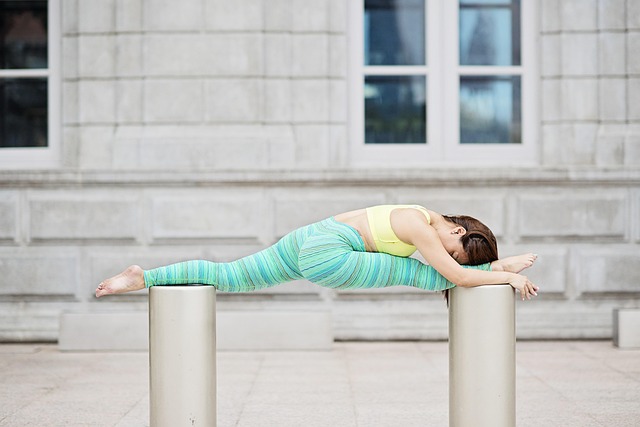Experiencing a popping sensation in your hip while exercising or during everyday activities can be more than just an annoyance; it may hinder your mobility and overall fitness. Known as ‘snapping hip syndrome,’ this condition can affect your training and lead to discomfort. However, with the right snapping hip treatment approaches, you can reclaim your mobility and enjoy a more active lifestyle.
1. Stretching and Flexibility Exercises
Incorporating stretching into your routine is crucial for alleviating the symptoms of snapping hip syndrome. Focus on hip flexor and iliotibial band stretches to enhance flexibility and relieve tightness. Effective stretches like the pigeon pose or figure-four stretch not only target the hip area but also improve overall mobility, allowing for better performance in fitness and training sessions.
2. Strengthening Exercises
Building strength in the muscles surrounding the hip can significantly reduce snapping sensations. Targeting the glutes, hamstrings, and core can help stabilize the hip joint, mitigating the impact of the snapping sound. Exercises such as squats, lunges, and bridges are great additions to your training routine, providing robust support to your hips while enhancing physical performance.
3. Foam Rolling and Myofascial Release
Incorporating foam rolling into your fitness regimen can be a game-changer. By applying pressure to tight muscles and fascia, foam rolling helps release tension in your hips and surrounding areas. Focus on rolling out the hip flexors, quads, and glutes to improve blood flow and promote recovery. This practice can enhance your overall mobility, making your training sessions more effective and enjoyable.
4. Physical Therapy
If your snapping hip sensations become persistent or painful, seeking the help of a physical therapist can be beneficial. They can design a personalized treatment plan that focuses on your specific symptoms, including targeted exercises, guided stretches, and manual therapy techniques. Engaging with a professional can help you regain confidence in your movements and get back to the activities you love.
5. Proper Warm-up and Cool-down Routines
Never underestimate the importance of a good warm-up and cool-down period in your training sessions. A thorough warm-up prepares your muscles and joints for exercise, potentially reducing the risk of snapping hip symptoms during your workout. Similarly, cooling down with gentle stretches can help maintain flexibility and promote recovery, leaving you feeling refreshed and ready for your next activity!
Embracing these snapping hip treatment methods can unlock new levels of mobility, enhancing your fitness journey and activity levels. By being proactive about your health and taking the time to address this issue, you can continue to train and move freely without discomfort, paving the way for a vibrant and active lifestyle.




